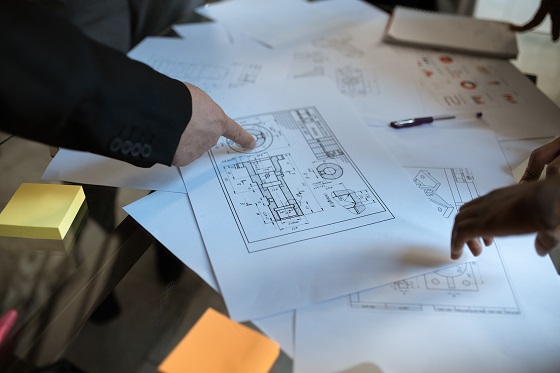The interior design of a healthcare clinic serves a variety of functions. In the first instance, it is aesthetically pleasing. Potentially more important is its ability to relax patients and help them to find their way around the building. In fact, the right interior design can even inspire additional confidence in the service being offered.
Getting the interior design right is essential to the success of your clinic. That’s why it’s advisable to use the services of a specialist in medical fitouts. Of course, it doesn’t do any harm to understand the three essential concepts to make your interior design a success.
1. Relaxation
A key part of the clinical process is to relax and reassure the patient. This starts from the moment they arrive in the clinic. By choosing a neutral or even warm colour palette you will help the patients feel relaxed and content. Alongside this, you can add various pieces of art to the walls to help focus and distract their minds.
It does not harm to have a little information about the clinic available. It gives patients something to read and helps to inspire confidence.
Of course, being relaxed also means the process is straightforward. Your reception desk needs to be close to the door and obvious. It also needs to offer privacy. The patient can then move to the waiting room and the consultation room easily. Making sure they are well marked reduces patient stress and helps them to stay relaxed. That makes your job easier.
2. Technology
Technology is an essential part of daily life and an increasingly important tool in diagnostics and care. As such, any clinic design should adopt the latest technology and make life as easy as possible for the patient.
This generally means adding self-check-in machines and survey machines that allow you to collect feedback and improve the system for future patients.
Technology is useful as it helps people stay calm but you will still need a physical presence for those that are not sure of the machines.
Don’t forget, when designing a clinic, that technology changes quickly. Make sure you have ways of installing new technology when it can be useful.
3. Adaptability
The interior of any healthcare clinic needs to be adaptable. You never know what you will be facing, from pandemics to unknown local outbreaks, or even simply needing to do a mass vaccine.
To facilitate this and maintain patient comfort you need to be able to easily adjust the clinic space. This may mean dividing consultation rooms to allow more patients to be seen at the same time. Or, it could be separating the waiting area to help prevent contagious diseases from spreading.
Being able to quickly adjust and adapt the interior space can make a big difference to the treatment you are able to offer.
Pay particular attention, to any rooms that are not used often, such as a conference area. These can be essential during a sudden change of circumstances.










